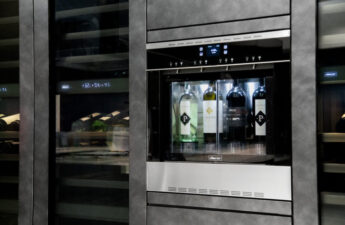It is not surprise that today’s smart appliances are more convenient. Smart refrigerators alert when a door is open, interior cameras let you know what is needed and they notify you when the water filter needs changing. Smart washers and dishwashers help with detergent and water levels and washing/drying sessions are finished. Smart ranges and microwaves scan items and automatically set the proper cooking time/temperature. Retailers recommend smart appliances to their customers as manufacturers and retailers have found these operational and informative smarts compelling
Smart appliances are in a separate category and are not going away. Consumers increasingly expect their major household products to integrate with other smart devices as the technology helps them perform everyday tasks more efficiently.
Smart appliance sale statistics show a small interest rather than full-fledged adoption enthusiasm. According to IDC, in 2021 shipments smart appliances reached 18 million units in the U.S. which is 30% YoY increase and representing only 3.7% of the total market.
For a technician the best value is the ability to remotely diagnose the smart appliance if something fails. The ability to remotely diagnosis saves time and money for both the company and consumer.
Smart appliances are selling however the slow adoption could be due to consumers being unaware of appliance technology. They also sold at a price premium. To cost-conscious consumers, the labor-savings needs to be long term benefit.
Smart appliances will continue to become smarter and cheaper however the future will be to offer the right product at a price consumers will purchase. Manufacturers will need to meet customer needs to get more adoption.




